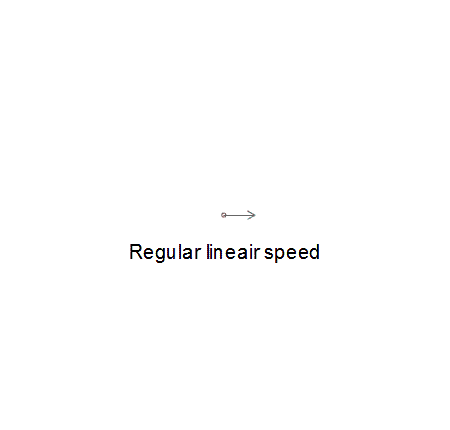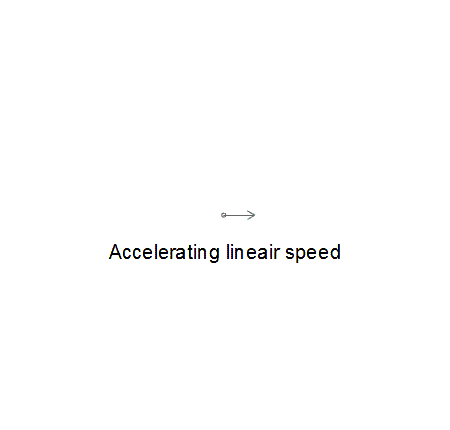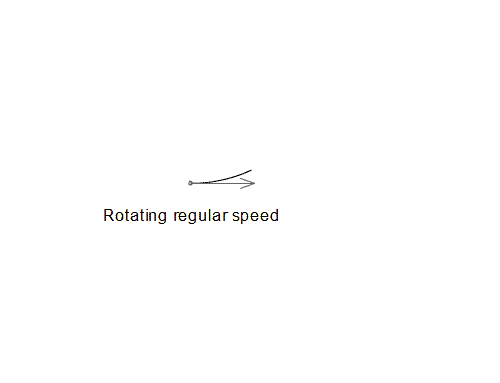Defining a relative origin
In a world/universe where everything is moving in a space where there are no boundaries, it is impossible to get an absolute orientation point.
All movements are relative to other movements. Getting an orientation can only mean, getting a relative orientation. An orientation that has to be relative to the movements of things.
Origins of movements, therefore, are also relative because origins can be moving. The order of orientation has to come from the character of movements.
Note. When unexpectedly an absolute point in space can be defined, the relative orientation should fit relative to that absolute point in space.
The difference between ‘relative to a source’ and ‘relative to an origin’.
In a regular linear movement, the relative origin of light waves is equal to the relative movement of the light source. In physics, it’s called a uniform translation.
The starting point or origin of a movement is relative when there is no absolute orientation. Light waves departing from a source moving regularly and linear have that source as the relative origin. The increasing circle represents all light waves departing the light source at the same time in all directions.
In an accelerating linear movement, the relative origin of light waves is not equal to the relative movement of the light source.
When the light source is accelerating, then departing light waves don’t have the light source as their relative origin. Now the relative origin is solely relative to the movement of the waves that once departed the source.
In a rotational regular movement, the relative origin of light waves is not equal to the relative movement of the light source.
A light source in a rotational movement can be at regular speed (angular velocity) but the rotational movement causes the source to depart the path of the relative origin of the light waves. The light waves move independently away from their source. When a light source changes direction and/or speed the velocity of the light waves remains.
Note. When an archer shoots his arrow the arrow won’t adjust its course on the movement of the archer afterward.
Movements are relative to the movement of an observer.
An observer is a passive receiver of light waves. On the basis of light, he makes his visible observations. Blindfold the observer and visible observations disappear. He is dependent on the light that is caught in his eye.
The movement of an observer of light waves must have an effect on the way he conceives the light waves. When the distance between an observer and the origin of light waves increases, redshift will occur. It doesn’t matter what or who is responsible for the changing distance. Redshift is as if light waves are a little bit stretched.
The above showed that the origin of a light wave not necessarily is equal to the location of the light source. An observation of an observer done by the light waves has not always the same origin as the light source itself. The relative origin and the light source are not necessarily equal.
When an observer is in the same rotational movement as a light source, the distance between observer and light source doesn’t change. When this happens, redshift occurs because the relative origin of the waves is not moving the same way as the light source.
Speed and direction are keywords in relative orientation. The chapters on this website are about redshift, speed, and direction.
[return button]



